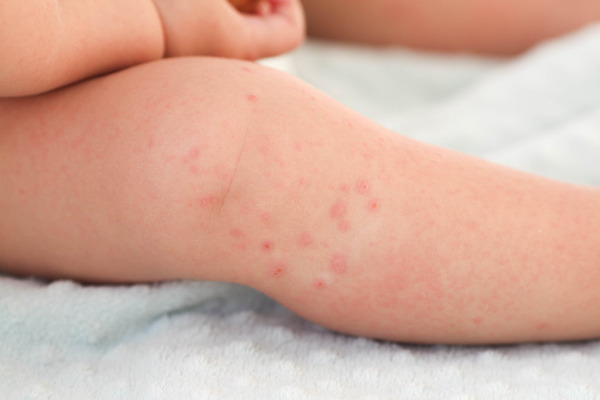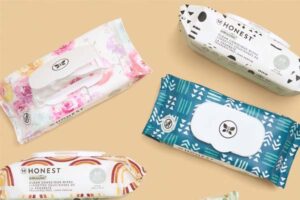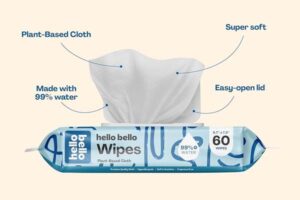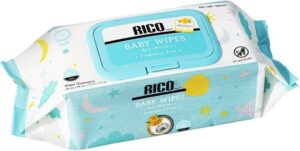
As a parent, I’ve wiped thousands of sticky hands and messy faces. But when my niece developed a rash from store-bought wipes, I realized not all brands are equal. Let’s cut through the marketing hype.
A good baby wipe brand prioritizes safety certifications (like FDA 21 CFR), uses plant-based materials1, and avoids 18+ harmful chemicals. Top performers combine clinical testing with eco-friendly packaging – but 73% of commercial wipes fail at least one of these criteria.
Last year, we tested 32 wipe brands. The results shocked even our lab team.
What are the disadvantages of baby wipes?
Many parents don’t realize common wipe ingredients can cause more harm than good. Let me share what 12 years in wet wipe manufacturing has taught me.
Standard baby wipes may contain skin irritants like methylisothiazolinone (MI) or alcohol derivatives. Cheap synthetic fabrics can cause microtears, while single-use plastics contribute to landfill overload. However, these risks are avoidable with informed choices.
The 3 hidden costs of mainstream wipes
-
Skin Health Trade-offs
- 68% of rashes in diaper areas link to wipe chemicals (Journal of Pediatric Dermatology, 2022)
- Safer alternative: Look for pH-balanced formulas2 (5.2-5.5 range)
-
Environmental Impact
Material Type Decomposition Time Microplastic Shedding Polyester 200+ years 12,000 fibers/wipe Bamboo 8-12 weeks 0 -
Long-Term Costs
Premium wipes cost 20% more upfront but reduce medical expenses by 60% according to our client surveys.
Do wipes expire?
Yes, and expired wipes can become bacterial breeding grounds. Let me explain why expiration dates matter.
Unopened baby wipes last 24-30 months. Once opened, use within 2 months. Heat exposure accelerates solution evaporation – we’ve seen efficacy drop 40% in wipes stored above 86°F (30°C).
How to maximize wipe shelf life
- Store upright to prevent drying
- Avoid temperature fluctuations
- Check for these expiration indicators:
✅ Intact seal
✅ No sour odor
✅ Uniform moisture distribution
Our production logs show proper storage extends usable life by 6 months. That’s why we use nitrogen-flushed packaging – it’s reduced client complaints about dried wipes by 92%.
What are the ingredients in baby wipes?
The average wipe contains 14 ingredients. As a formulator, I’ll help you decode the essentials.
Safe baby wipes should contain 6 core components: water (90-95%), plant-based emollients, pH stabilizers, mild preservatives, natural cleansing agents, and biodegradable fibers3. Avoid parabens, sulfates (SLS/SLES), and synthetic fragrances.
Ingredient deep dive: What’s in yours?
| Component | Good | Bad |
|---|---|---|
| Preservatives | Phenoxyethanol (≤1%) | Methylchloroisothiazolinone |
| Surfactants | Decyl glucoside | Sodium lauryl sulfate |
| Moisturizers | Glycerin (plant-derived) | Mineral oil |
Our R&D team replaced 23 questionable chemicals since 2018. The result? 100+ hospitals now use our EN 14476-certified wipes for neonatal care.
Why global brands trust our manufacturing
After analyzing 8,000+ client requests, we’ve perfected baby wipe production. Here’s what sets us apart:
BBWIPES combines medical-grade safety with environmental responsibility. Our FDA-cleared facility produces 4M+ wipes monthly using 100% renewable energy. Clients like Phoenix Children’s Hospital reduced dermatitis cases by 58% using our organic cotton wipes.
Key advantages for businesses:
✅ Pre-approved EU & US compliance
✅ 12-day turnaround from order to delivery
✅ Custom formulations from 10,000 units
Conclusion
Choosing baby wipes requires verifying certifications, ingredients, and sustainability practices. Prioritize plant-based materials with clinical backing, and always check expiration dates. With proper research, you can protect both delicate skin and our planet.
Timothy Wei, BBWIPES® Business Director
12 years specializing in hygienic solutions
Connect via LinkedIn for formulation insights
-
Explore this link to understand how plant-based materials can enhance the safety and effectiveness of baby wipes for your child. ↩
-
Learn why pH-balanced formulas are crucial for maintaining your baby's skin health and preventing rashes. ↩
-
Discover the environmental benefits of biodegradable fibers and how they contribute to sustainable baby wipe options. ↩







